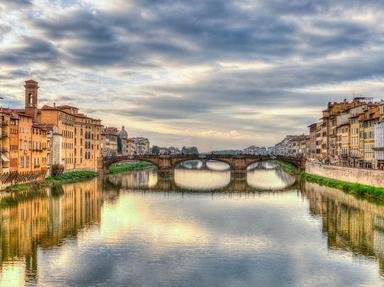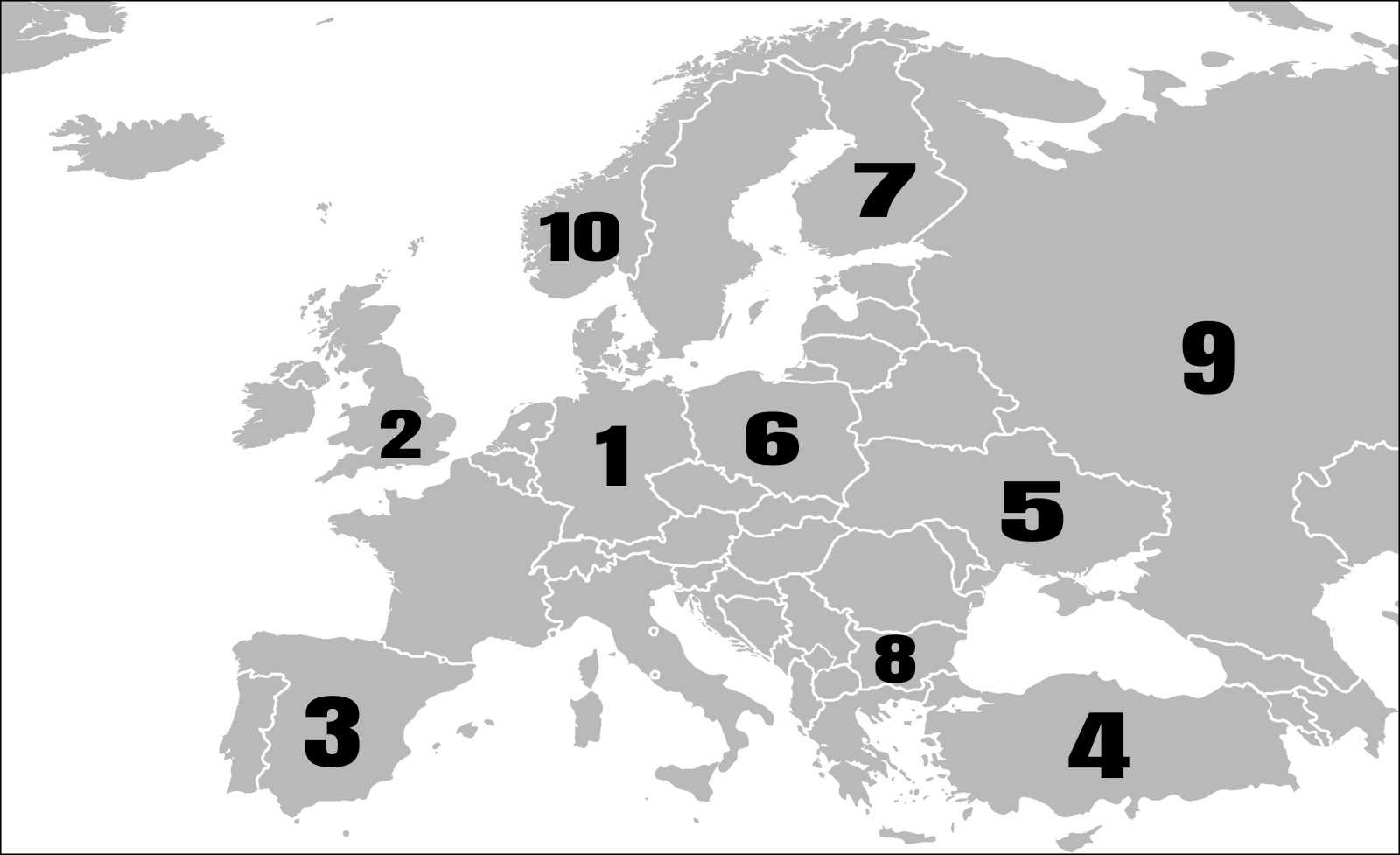
Endless Grey Ribbon Trivia Quiz
Rivers shape landscapes, sustain ecosystems, and power civilisations. This quiz follows the winding paths of these endless grey ribbons. Are you ready to dive in and see how many questions you can answer correctly about them? Good luck!
A label quiz
by Kalibre.
Estimated time: 3 mins.
